Blog
CNC Foam Router for Professional Foam Shaping and Design
In the world of professional foam shaping and design, precision is key. From creating intricate sculptures to producing custom packaging solutions, foam is used in a wide variety of industries, and the demand for precision-cut foam continues to rise. The solution to this demand lies in the CNC foam router—a state-of-the-art tool that revolutionizes foam cutting, carving, and shaping.
Use a rotary cutting tool (router bit) to carve and shape foam. Suitable for detailed 3D carving, engraving, and milling. Can handle a wider range of foam types, including polyurethane and polyethylene.A CNC foam cutter is a specialized type of CNC machine designed to cut and shape foam materials with high precision and efficiency. These machines are commonly used in various industries, including packaging, prototyping, model making, insulation, and more.
What is a CNC Foam Router?
CNC foam router is a specialized machine that uses computer numerical control (CNC) technology to cut, carve, and shape foam materials with remarkable accuracy. These routers are designed to work with various types of foam, including expanded polystyrene (EPS), polyethylene (PE), polyurethane (PU), and more. CNC foam router machine is a specialized type of CNC machine designed for cutting, shaping, and carving foam materials. These machines are widely used in industries such as packaging, prototyping, model making, and even in the production of theater and movie props.
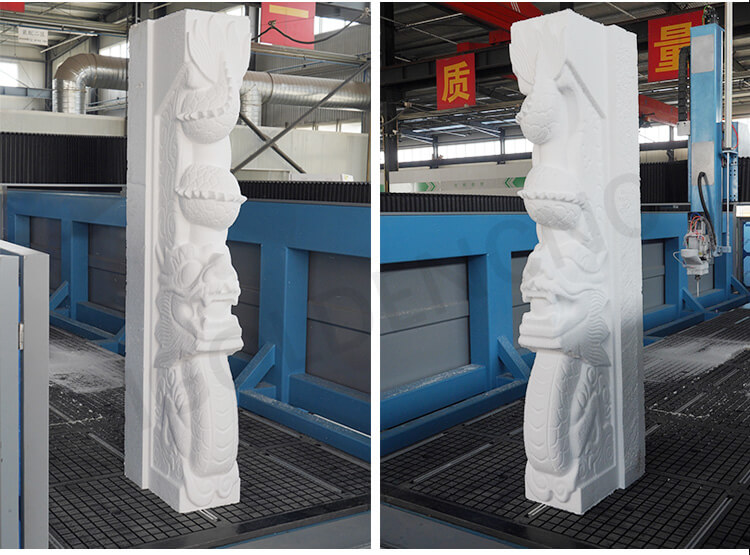
The CNC foam router operates based on pre-programmed instructions from CAD (computer-aided design) software. This allows operators to create highly detailed designs and shapes in foam quickly and consistently. The process is automated, reducing the chances of human error and ensuring uniformity across multiple pieces.
Types of CNC Foam Cutter
4 Axis Foam CNC Router
The 4-axis CNC Router machine refers to the computer numerical control equipment including X, Y, Z, and additional rotation axis. It has 3 straight coordinates and 1 rotating coordinate. 4-axis CNC Router engraving machines are usually equipped with rotating axes or rocking spindles, so they can contact the workpiece from different angles and effectively work, so as to realize the 3D processing of cylindrical, curved and circular surfaces.
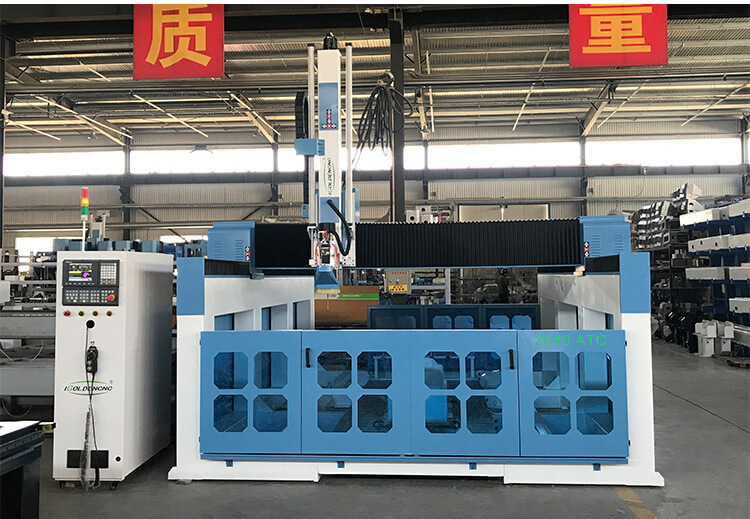
4 axis CNC router is quite good at processing 3D workpieces. It generally falls into two types. The first type described hereunder is equipped with a rotating spindle that can swing by 180°. It can engrave 3D patterns and drill holes on side surfaces of wood, MDF, acrylic, foam, rubber, and other materials. For example, 3D letters, signs, reliefs, and sculptures.
5 Axis CNC Foam Router
The 5 axis CNC Router machine, also known as the 5 axis CNC machining center, is equipped with a 3D CNC system.Designed as a 5 axis CNC processing solution with high cost-effectiveness, it refers to the machine’s capacity to move tools or parts on five different axes for complex surface processing. As a piece of advanced CNC equipment, the 5 axis CNC machining center or CNC router is crafted especially for complex curved surfaces. It finds extensive application in industries like aviation, aerospace, automotive, military, scientific research, precision instruments, high-precision medical equipment, etc. Also, it can handle a wide variety of materials such as wood, metals, stones, plastic, styrofoam, composites, and so on.
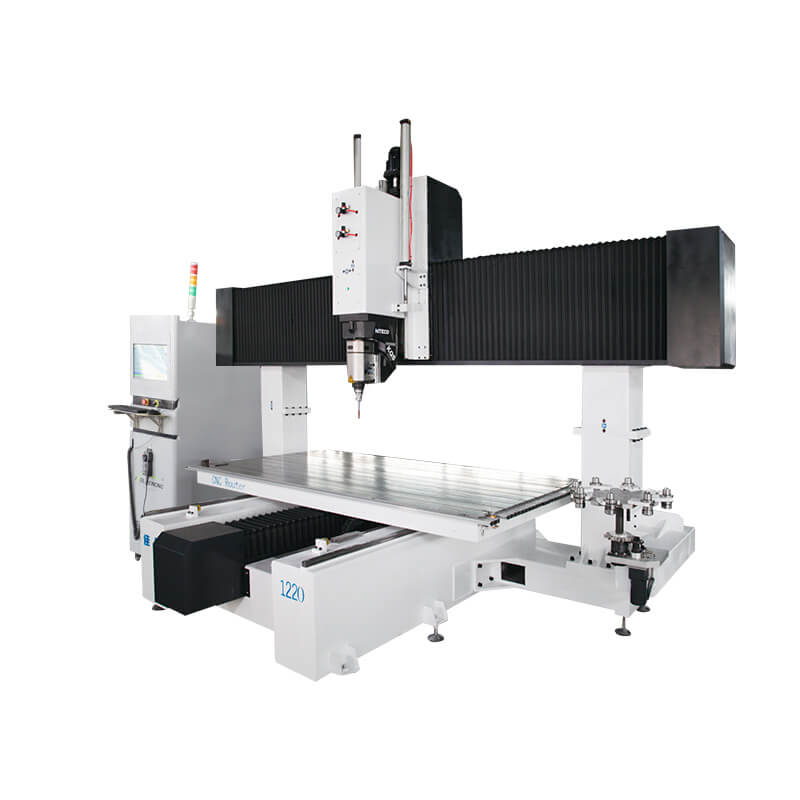
Features of a CNC Foam Cutting Machine
Key Advantages of CNC Foam Cutting Machine
One of the primary benefits of a CNC foam router is its precision and accuracy. Unlike traditional manual cutting methods, which can lead to inconsistencies and material waste, CNC foam routers provide highly precise cuts. This ensures that foam materials are cut to exact specifications, minimizing waste and producing uniform, high-quality results.
In addition to precision, CNC foam routers are highly customizable. They can easily accommodate a wide range of intricate designs, from basic geometric shapes to more elaborate, complex patterns. With CAD software, designers can create any shape or pattern, which is then executed with exact precision by the router. This flexibility makes the CNC foam router ideal for a variety of custom applications, including sculptures, packaging, and prototypes.
Efficiency and Automation
Another major advantage of CNC foam routers is their versatility. These machines can handle different types of foam, from rigid materials like polyurethane and PVC to softer options like polystyrene. This makes CNC foam routers suitable for diverse industries, from packaging and architectural modeling to artistic sculpture and prototypes.
Speed and efficiency are also key benefits of CNC foam routers. Unlike traditional manual cutting methods, which can be slow and labor-intensive, CNC machines work quickly and continuously, cutting large volumes of foam in a fraction of the time. This makes them ideal for businesses with high-volume production needs, helping to meet tight deadlines.
Additionally, automation is a major selling point. Once the design is input into the system, the CNC foam router takes over the cutting process, reducing the need for skilled labor and minimizing human error. This automation increases productivity, reduces mistakes, and frees up resources for other tasks, significantly enhancing operational efficiency.
Applications of CNC Foam Milling
Common Applications of CNC Foam Milling
CNC foam routers offer remarkable versatility, making them ideal for various industries. In foam sculptures and artwork, artists and designers use these machines to craft intricate, detailed designs for art installations and commercial displays. From simple shapes to complex textures, CNC foam routers excel in transforming creative concepts into tangible pieces with precision.
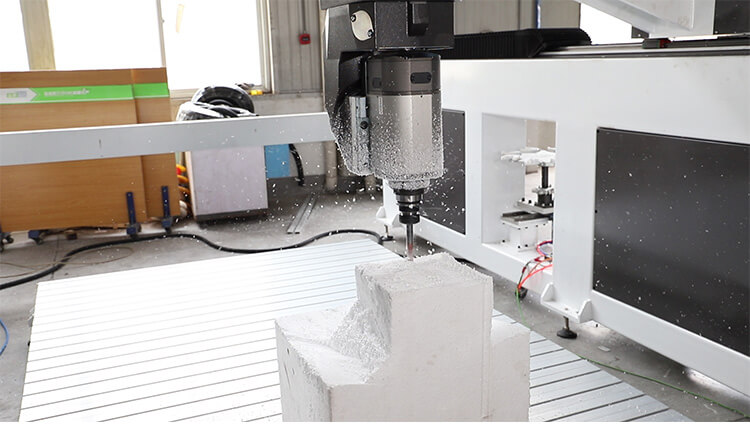
In the packaging industry, CNC foam routers are used to create custom foam inserts for the safe transport of fragile items, such as electronics, medical devices, and automotive parts. By carving foam to exact specifications, these routers ensure products are securely packaged, minimizing the risk of damage during transit. Similarly, CNC foam routers play a significant role in prototypes and models, where engineers and designers rely on foam to create accurate initial product models before progressing to more expensive materials.
Expanding Industries for CNC Foam Routers
CNC foam routers are also widely used in architectural models, where architects rely on them to create detailed foam models of buildings and landscapes. Foam is a cost-effective material, and CNC routers can efficiently turn 3D digital designs into physical models, which are essential for presentations and design development.
In advertising and signage, CNC foam routers carve custom shapes, letters, and logos from foam, which are then painted for use in eye-catching displays, signs, and banners. The ability to create bold and intricate designs makes these routers ideal for large-scale advertising projects. Additionally, in the entertainment industry, CNC foam routers are employed for set design, crafting foam props, stage sets, and scenery. These routers allow designers to construct realistic environments for theater, film, and television productions.
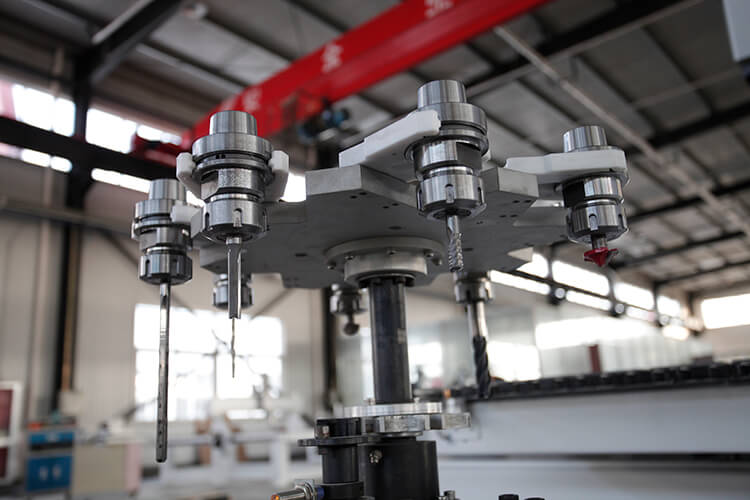
Why Choose a CNC Foam Cutting for Your Business?
There are numerous reasons why investing in a CNC foam router is a wise decision for your business. Here are some of the most compelling reasons:
- Increased Productivity:CNC foam routers dramatically improve productivity. With automation, the router can work continuously without requiring breaks, unlike manual labor. This not only speeds up the production process but also allows your business to handle more orders in less time, increasing overall throughput.
- High-Quality Results:Because CNC foam routers offer extreme precision, the quality of the final product is significantly higher. Whether you’re cutting a foam model, creating packaging inserts, or producing intricate sculptures, the results will be uniform and exact. Consistent quality across every product is essential for customer satisfaction and long-term business success.
- Cost-Effectiveness:Although the initial cost of a CNC foam router may seem high, the long-term savings are considerable. These machines reduce labor costs, material waste, and production time, which translates into significant cost savings. Additionally, CNC foam routers can help companies meet tight deadlines, avoiding costly delays.
- Flexibility and Customization:The customization potential offered by CNC foam routers is unparalleled. From prototypes to large-scale production, CNC foam routers can be programmed to cut any design imaginable. The flexibility to produce both large quantities of identical parts and unique one-off items makes the CNC foam router an indispensable tool in many industries.
- Reduced Labor Requirements:Manual foam cutting can be labor-intensive and physically demanding. CNC foam routers reduce the need for skilled manual labor, allowing operators to focus on machine operation, design programming, and oversight. The automation process also reduces human error, ensuring that each cut is accurate.
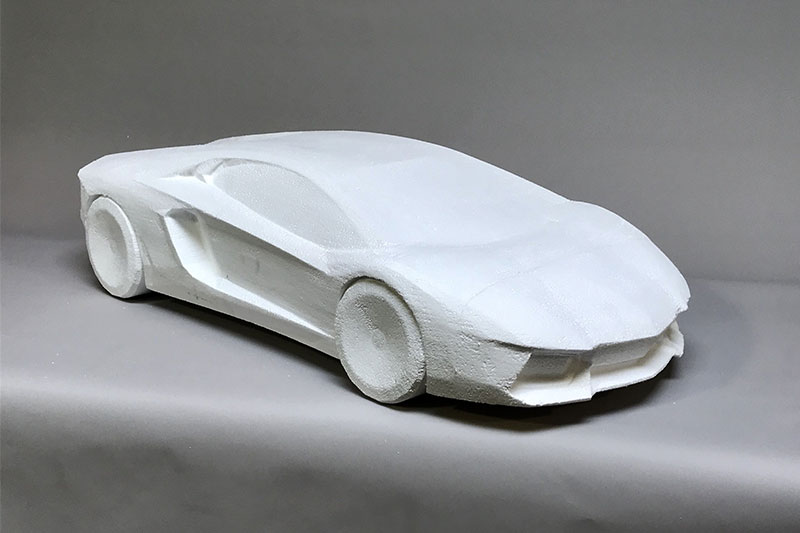
Choosing the Right Machine
Selecting the right CNC foam router for your business involves considering several factors, including:
- Machine Size and Cutting Area:The size of the foam you plan to work with will determine the size of the CNC foam router you need. Larger machines are capable of cutting larger sheets of foam, while smaller machines are suitable for more intricate designs and smaller foam pieces.
- Cutting Capabilities:Different CNC foam routers have different cutting capabilities. Some may be better suited for simple, straight cuts, while others are equipped to handle more complex designs, including curves and 3D shapes. Consider your business’s specific needs when selecting a machine.
- Software Compatibility:Most CNC foam routers are compatible with popular CAD/CAM software. Make sure the machine you choose integrates well with the software you use for design and programming.
- Cost and Budget:CNC foam routers vary in price depending on their size, features, and brand. Make sure to assess your business’s budget and weigh the potential return on investment when selecting a machine. While the initial investment may be high, the long-term benefits in terms of productivity and quality will justify the cost.
Technological Advancements in CNC Foam Cutter Machines
Integration with CAD/CAM Software
Modern 3D CNC foam router machines are often integrated with CAD (Computer-Aided Design) and CAM (Computer-Aided Manufacturing) software. This integration allows for seamless design and manufacturing processes, reducing errors and improving overall efficiency.
Automation and Robotics
The incorporation of automation and robotics into CNC machining has further enhanced productivity. Automated 3D CNC foam router machines can perform multiple tasks without human intervention, increasing throughput and reducing the risk of human error.
IoT and Industry 4.0
The advent of the Internet of Things (IoT) and Industry 4.0 has brought about significant changes in CNC machining. Machines are now connected to networks, allowing for real-time monitoring, predictive maintenance, and improved decision-making processes.

Conclusion
CNC foam router is an indispensable tool for businesses in industries that require precision foam cutting and shaping. From custom packaging to artistic sculptures and prototypes, CNC foam routers offer unmatched precision, speed, and versatility. By automating the foam cutting process, these machines not only enhance productivity but also reduce material waste and labor costs, allowing businesses to scale efficiently.
Investing in a CNC foam router is a smart decision for any company looking to stay competitive in the rapidly evolving foam industry. Whether you’re cutting foam for practical applications or creating detailed artistic designs, a CNC foam router will give you the flexibility and control to meet the demands of your customers and grow your business.

Pingback: Foam CNC Machine for Quick and Accurate Foam Cutting - iGoldencnc